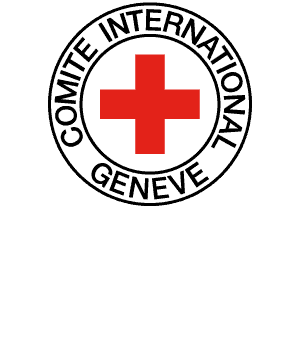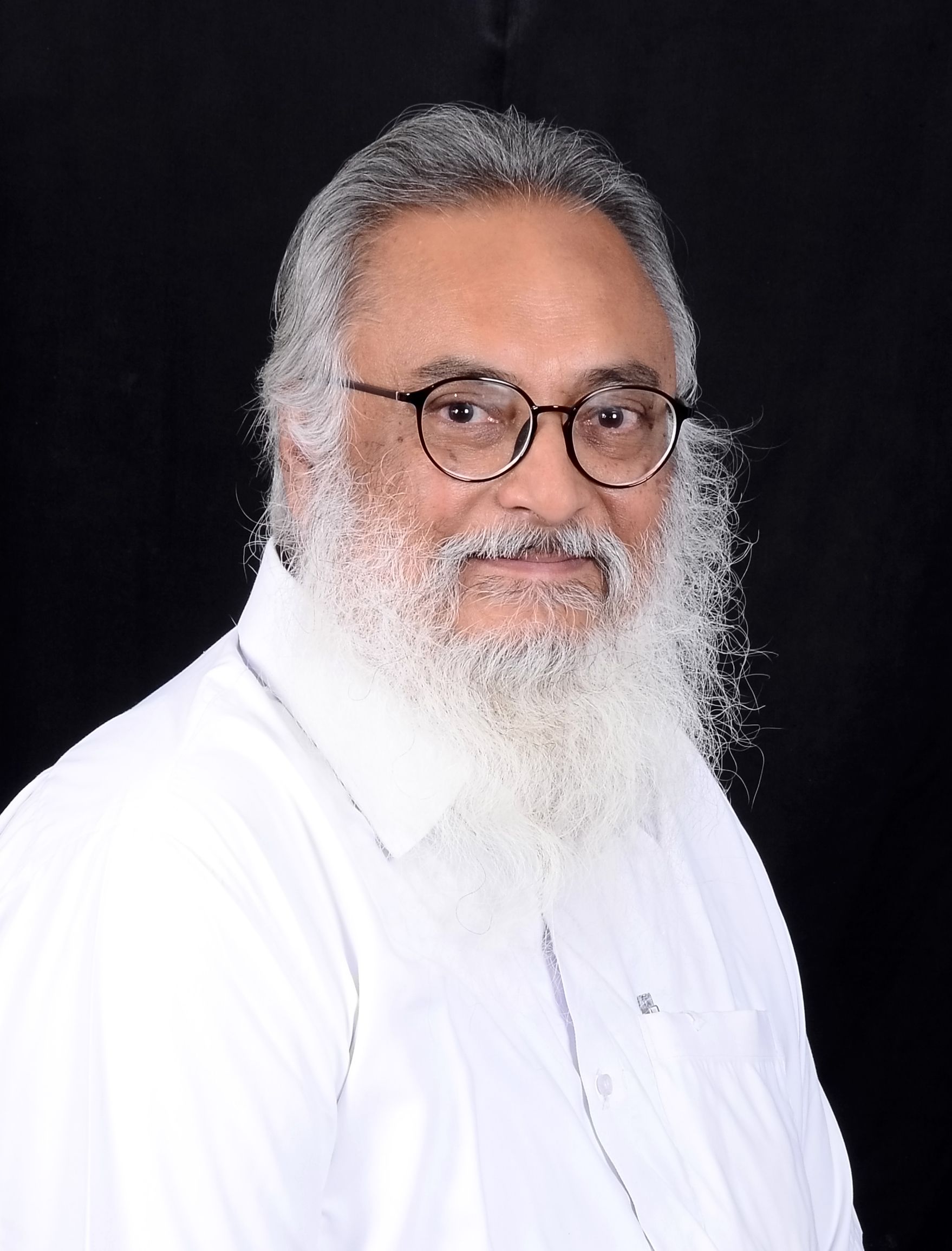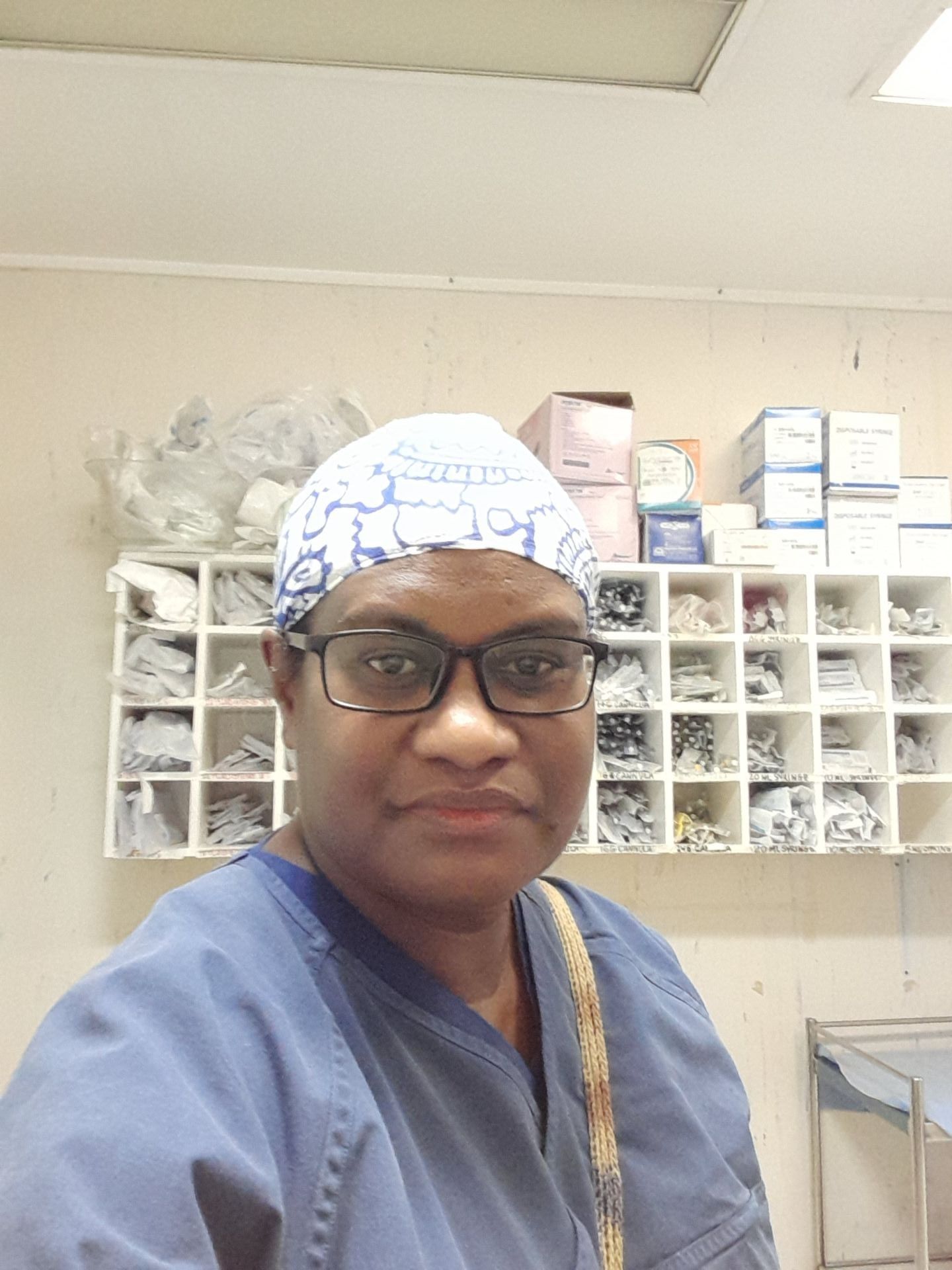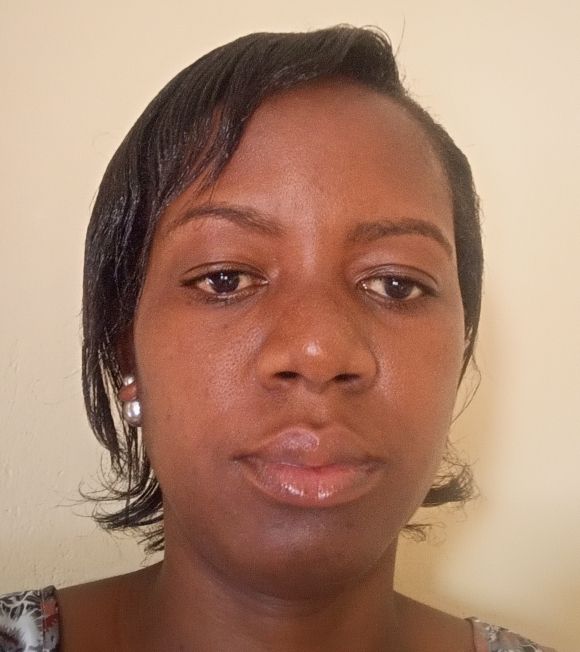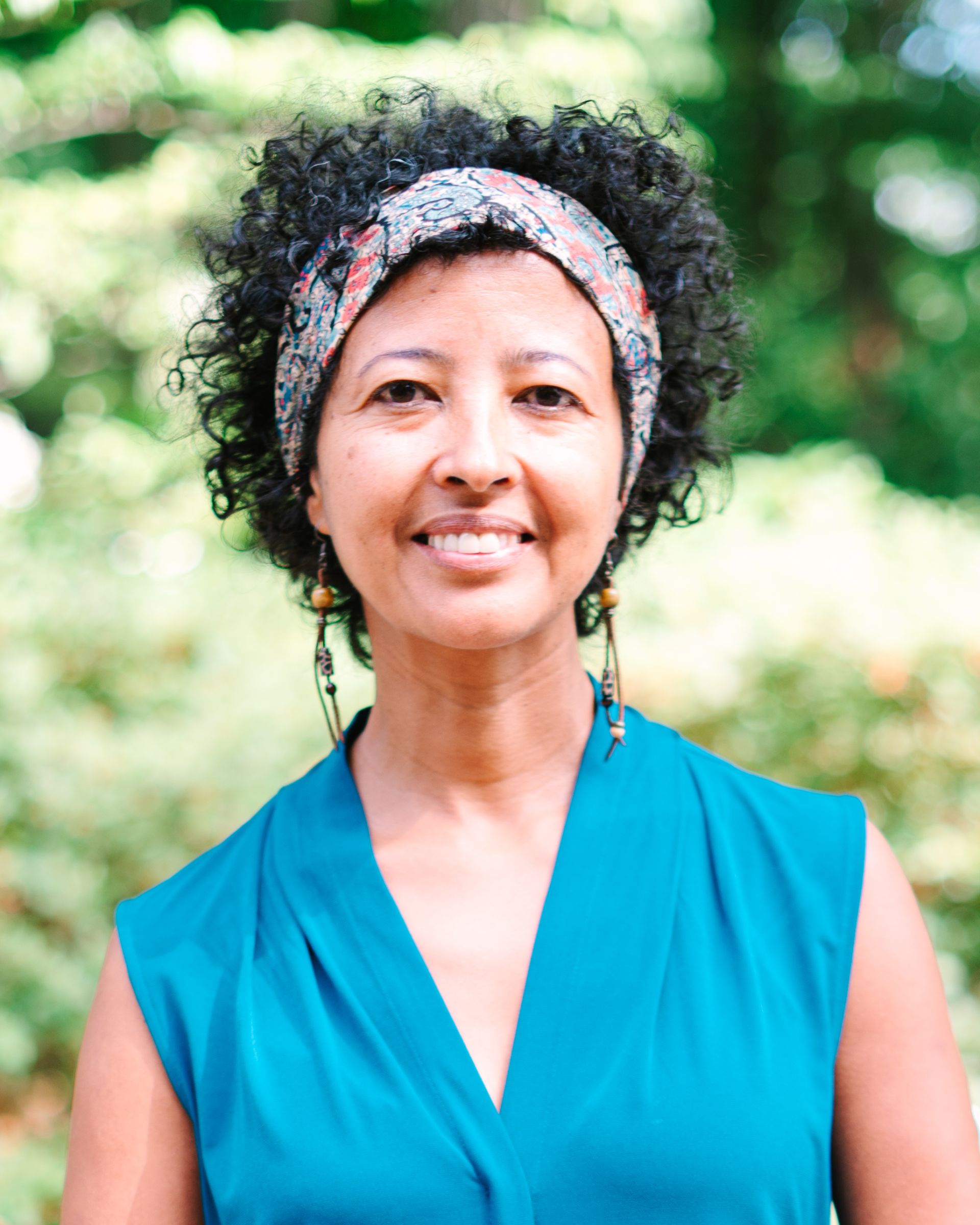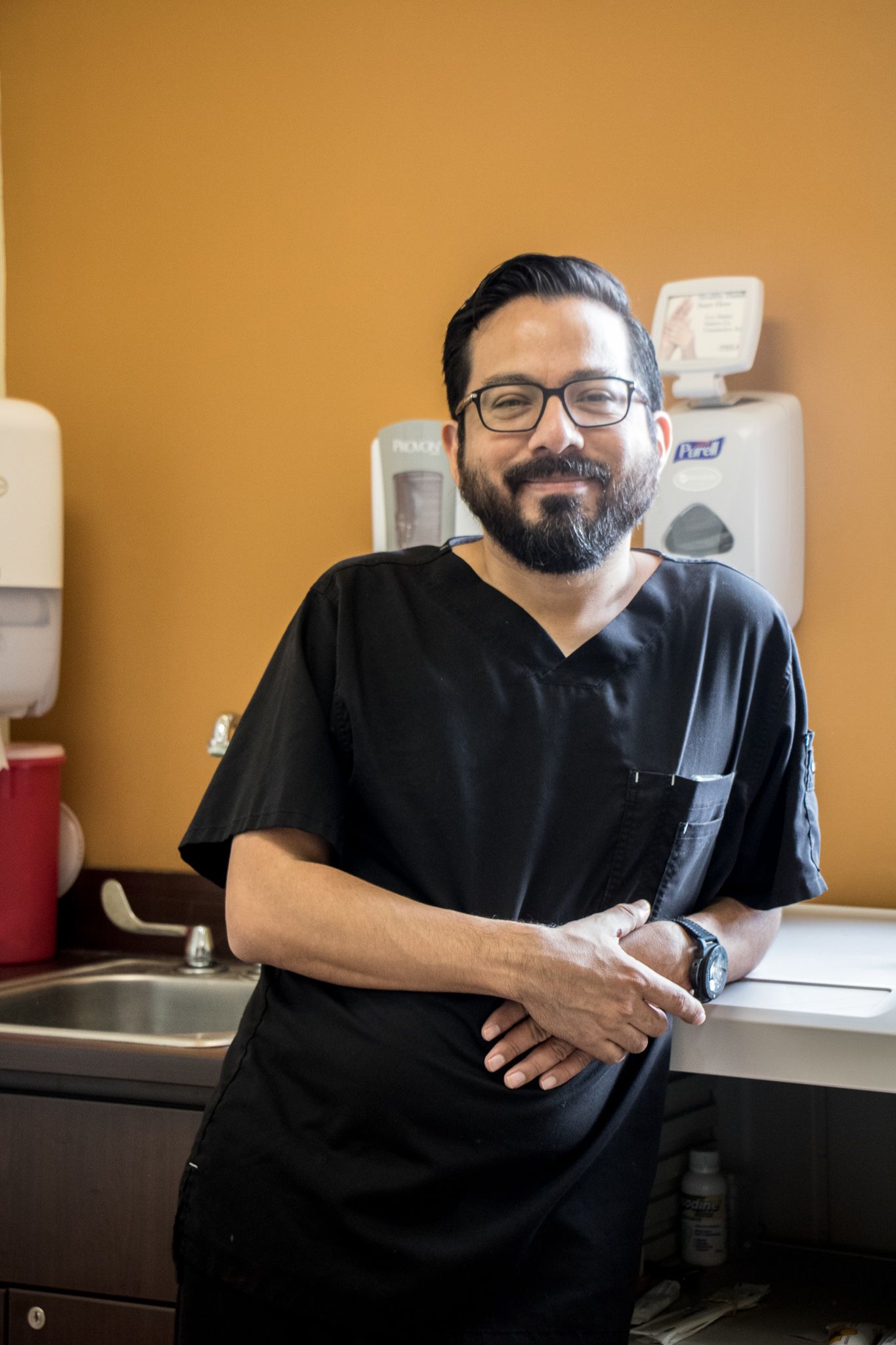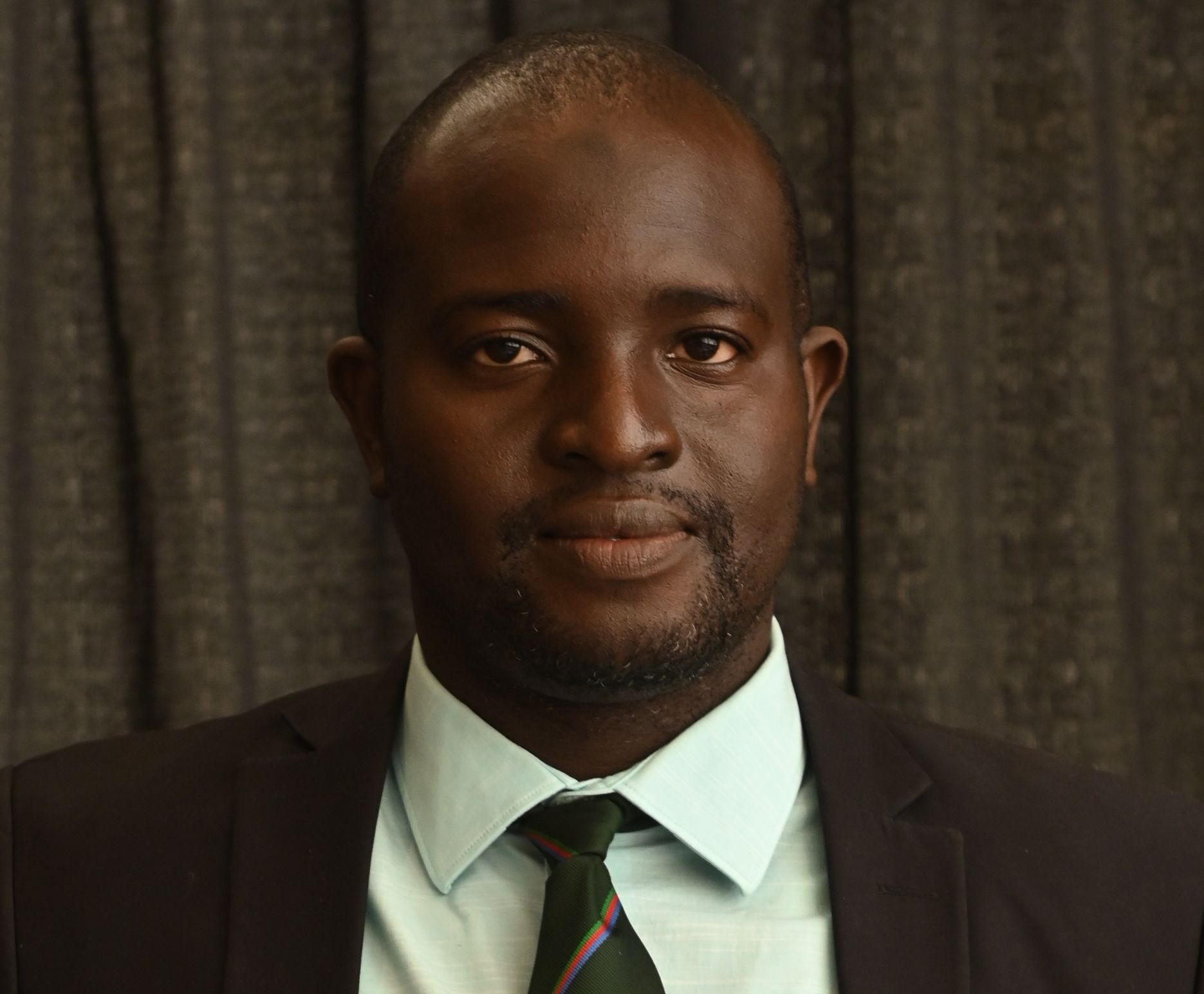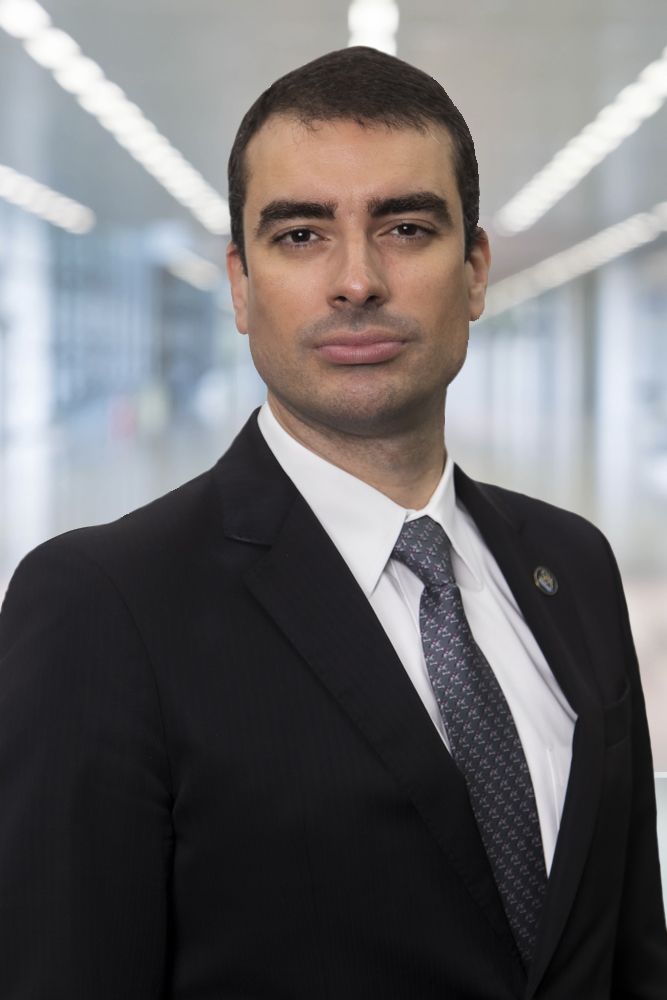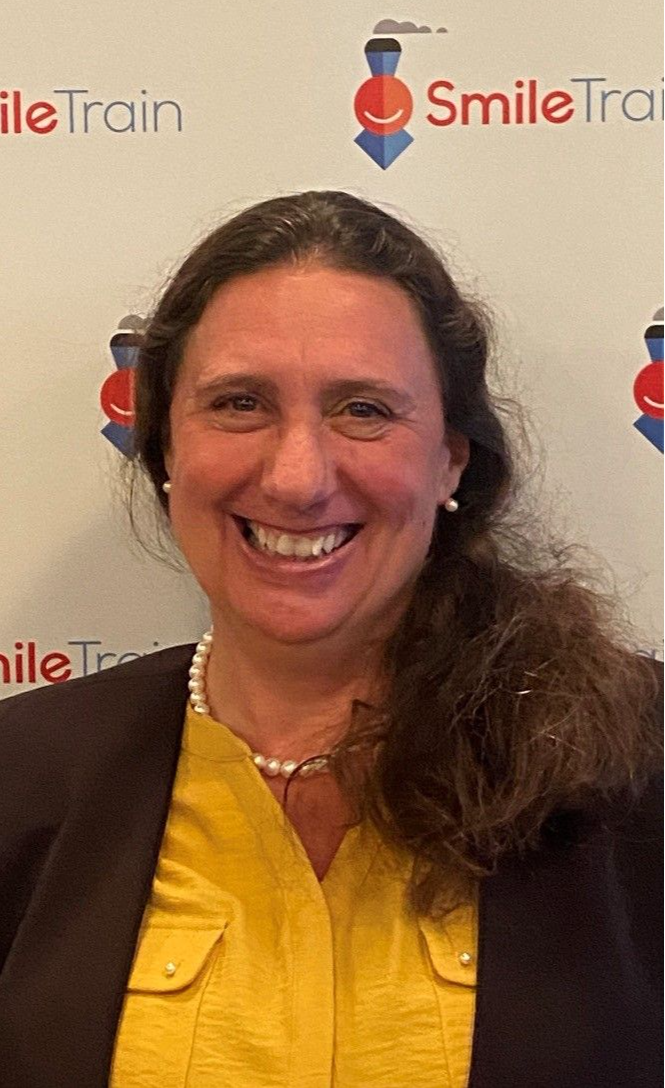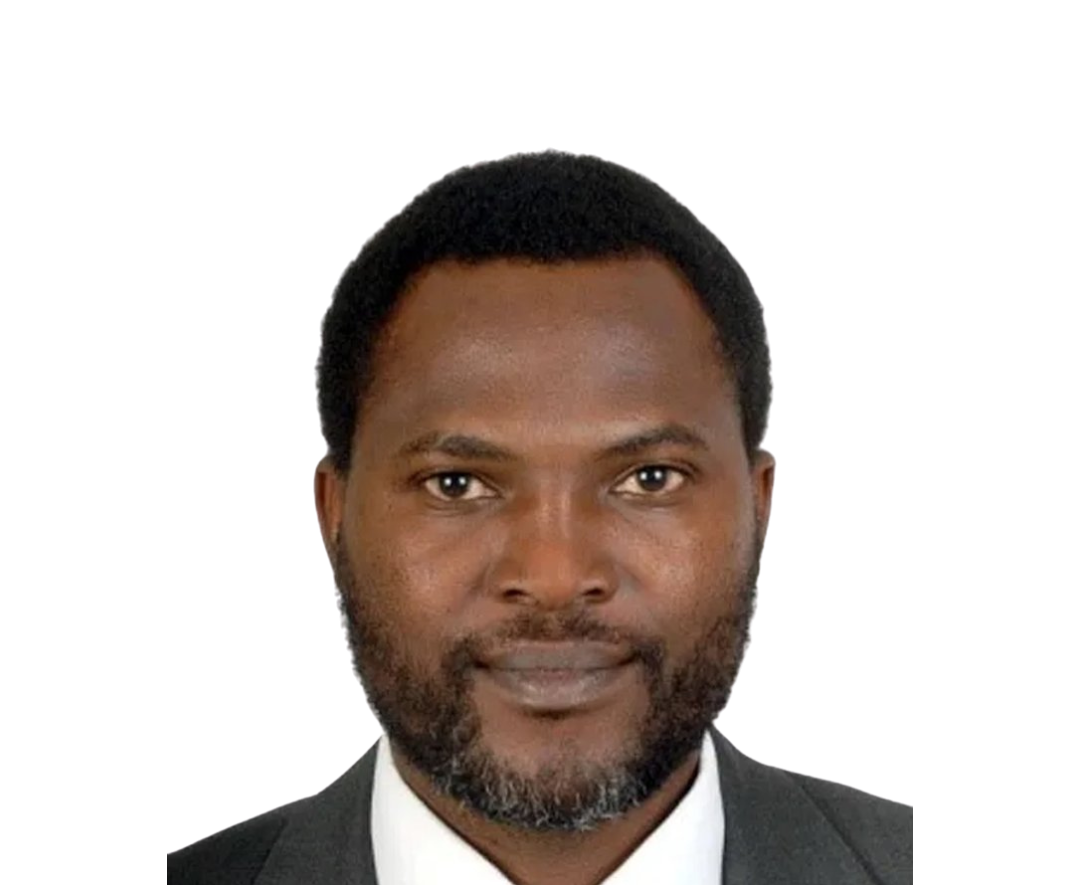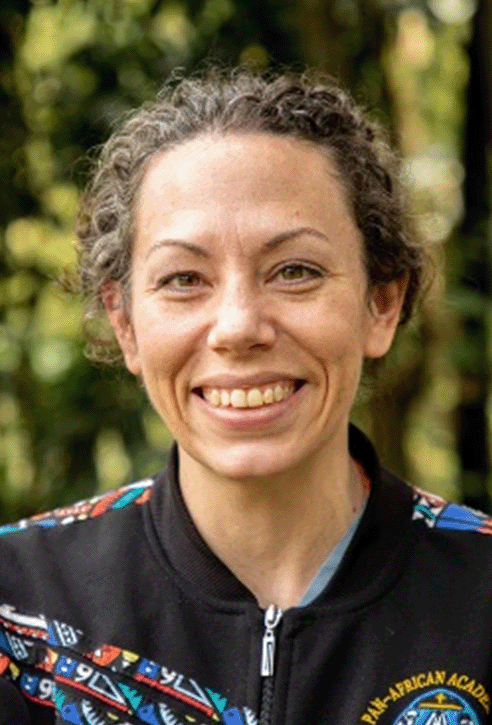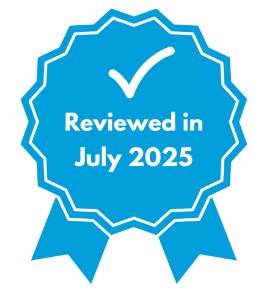
What's in this course?
This course enables multidisciplinary surgical teams to respond together to the daily situations encountered in surgical settings.
Anaesthesia
Anaesthesia in weapon-wounded patients
Target Audience
This course has been specifically designed for anaesthetists with no experience of war surgery, that would like to gain basic knowledge and skills in managing weapon wounded patients in a conflict, limited resources environment.
Useful for anesthesiologists prior to a first deployment with ICRC or other organizations working in conflict zones.
Varied activities
Lectures, Videos, Interactive Activities and Assessments
Duration
18 hours
Level
Intermediate
Discuss with others
Participate in the course discussion, share your thoughts and ask questions.
Context of the Course
Whilst there is no clear definition of exactly what defines ‘war surgery’, ICRC has been at the forefront of managing patients injured in conflict for over a century and a half.
However, the context in which we work and the epidemiology of injuries has evolved, and we must adapt to this evolution, if we are to provide the necessary care, to achieve optimal outcomes for those patients injured in conflict, and reduce complications and long-term disability.
We must go beyond life and limb saving emergency front line surgery towards a comprehensive integrated patient-centred approach that focuses on the five pillars of resuscitation, repair, reconstruction, rehabilitation and reintegration.
Learning Objectives
By the end of this training programme, you will be able to:
- Adapt the professional practice and knowledge to the humanitarian and contexts with limited resources, to provide quality surgical care to the wounded and sick.
- Implement a comprehensive, integrated and patient-centred approach to the management of weapon wound patients.
- Provide safe anaesthesia for weapon-wounded patients in the context of limited resources.
- Collaborate with multidisciplinary teams and strengthen technical and interpersonal skills.
Learning Path
Anaesthesia in War has been developed as a flexible, blended
course with a compulsory eLearning format followed by an interactive and
participatory face to face programme.
It has been designed with common core components that are relevant to surgeons, anaesthetists and nurses, as well as specific components which address the particular needs of each specialty within the surgical team.
The common core online activities are composed of the following modules:
Warning: The following e-learning course contains graphic images and descriptions that may be disturbing for some viewers. Viewer discretion is advised.
Additionally, the anaesthesia specific online activities are composed of the following modules:
It has been designed with common core components that are relevant to surgeons, anaesthetists and nurses, as well as specific components which address the particular needs of each specialty within the surgical team.
The common core online activities are composed of the following modules:
- Introduction to the International Red Cross and Red Crescent Movement and the ICRC
- International Humanitarian Law
- Violence Against Healthcare and the Health Care in Danger Initiative
- Conflicts and Civilian Trauma: The Differences
- Surgical Teams: Non-technical Skills
- Ballistics: Bullets and Fragments
- Ballistics: Explosions and Blasts
- Burns in Conflict
- Damage Control Resuscitation (DCR)
- Mass Casualty Incidents
- Introduction to Chemical, Biological, Radiological and Nuclear Materials & HAZardous MATerial Nutrition for Hospitalised Patients: Nutritional Care for Adult and Paediatric Patients
- Early Rehabilitation within Hospital Setting
Warning: The following e-learning course contains graphic images and descriptions that may be disturbing for some viewers. Viewer discretion is advised.
Additionally, the anaesthesia specific online activities are composed of the following modules:
Introduction to ICRC Anaesthesia Standards
- Drawover System
- Regional Anaesthesia
- Paediatric Anaesthesia in Low-and Middle-Income Countries (LMIC): Special Considerations.
- Basics of Paediatrics
• Rapid Sequence Induction in Children
• Laryngospasm in Children
• Perioperative Bronchospasm in Children
• Intraoperative Cardiac Arrest in Children
• Intubation of the Normal Paediatric Airway: From Anatomy to Technique.
• Intubation of the Difficult Paediatric Airway
- Perioperative Pain Management
- Ketamine Recipies
- - CBRN/HAZMAT – Chemical, Biological, Radiological and Nuclear Materials & HAZardous MATerial
- Critical Care in the Context of War and Limited Resources
Focal Point
For any content related enquiries, please contact the ICRC focal point of the training: Dr Sophie Crespo – Chief Anaesthetist - screspo@icrc.org
This course is provided by the International Committee of the Red Cross
The International Committee of the Red Cross (ICRC) is an impartial, neutral and independent organization whose mandate under the Geneva Conventions is to provide humanitarian assistance to people affected by armed conflict and other violence and promote the laws that protect victims of war.
The ICRC’s Health Unit plays a crucial role in providing medical assistance in conflict zones and areas affected by violence. Our teams work to meet the health needs of people affected by conflict and other violence by providing quality health care that is people-centric and follows an integrated public health and continuum of care approach with the aim of preventing and alleviating suffering and protecting life and dignity.
Course Content
Explore Courses by the ICRC
Download our mobile app!
Join the biggest online learning community in global surgery, powered by the United Nations Institute for Training and Research and the Global Surgery Foundation.
Write your awesome label here.

